Archives
- 2025-11
- 2025-10
- 2025-09
- 2025-03
- 2025-02
- 2025-01
- 2024-12
- 2024-11
- 2024-10
- 2024-09
- 2024-08
- 2024-07
- 2024-06
- 2024-05
- 2024-04
- 2024-03
- 2024-02
- 2024-01
- 2023-12
- 2023-11
- 2023-10
- 2023-09
- 2023-08
- 2023-07
- 2023-06
- 2023-05
- 2023-04
- 2023-03
- 2023-02
- 2023-01
- 2022-12
- 2022-11
- 2022-10
- 2022-09
- 2022-08
- 2022-07
- 2022-06
- 2022-05
- 2022-04
- 2022-03
- 2022-02
- 2022-01
- 2021-12
- 2021-11
- 2021-10
- 2021-09
- 2021-08
- 2021-07
- 2021-06
- 2021-05
- 2021-04
- 2021-03
- 2021-02
- 2021-01
- 2020-12
- 2020-11
- 2020-10
- 2020-09
- 2020-08
- 2020-07
- 2020-06
- 2020-05
- 2020-04
- 2020-03
- 2020-02
- 2020-01
- 2019-12
- 2019-11
- 2019-10
- 2019-09
- 2019-08
- 2019-07
- 2019-06
- 2019-05
- 2019-04
- 2018-11
- 2018-10
- 2018-07
-
Recent studies have shown that
2022-01-10
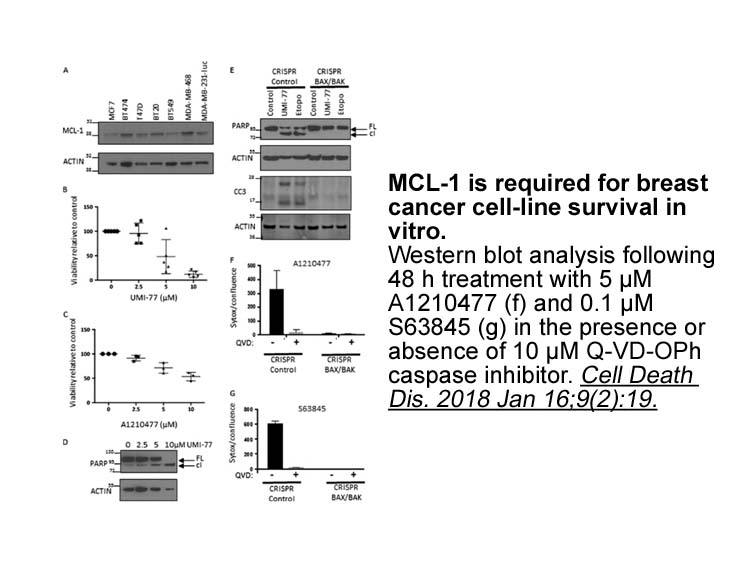
Recent studies have shown that epigenetic modification is involved in neuropathic pain. For instance, peripheral noxious stimulation changes DNA methylation and histone modifications, which are related to pain hypersensitivity under chronic pain conditions [8]. Importantly, the epigenetic abnormalit
-
Here we show that Jmjd a zebrafish JmjC domain
2022-01-10
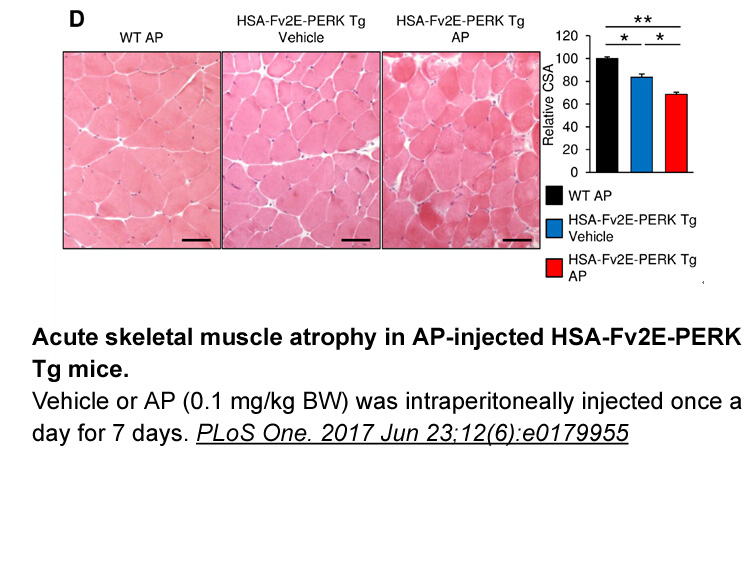
Here, we show that Jmjd3, a zebrafish JmjC domain-containing protein, possesses H3K27 histone demethylase activity in vivo, and down-regulation of jmjd3 leads to significant reduction of primitive and definitive myelopoiesis. Importantly, we have demonstrated that jmjd3 directly upregulates spi1 exp
-
br Histamine and glycaemia Histamine is
2022-01-10
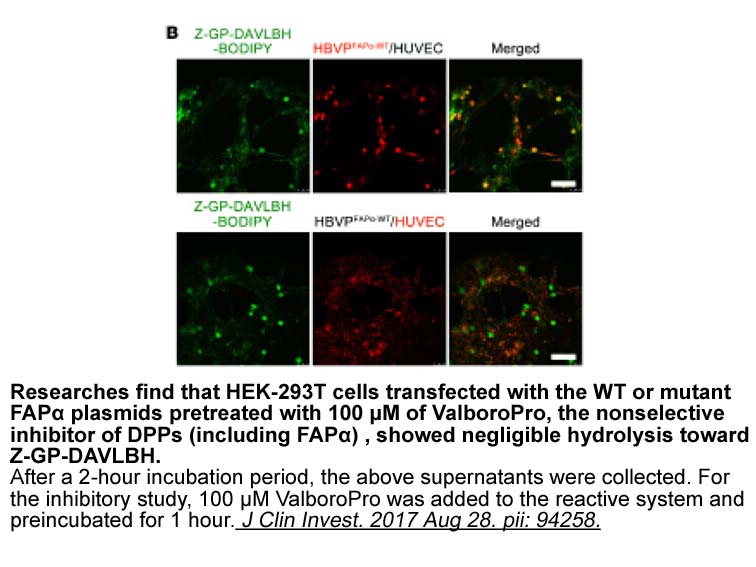
Histamine and glycaemia Histamine is involved in a wide variety of pathophysiological events mostly related to the inflammatory response through four receptors, namely H1-4Rs. The first studies of btk inhibitor and diabetes date back to the 1950s. Since that time the involvement of histamine in
-
YAP TAZ nuclear function is also influenced by interaction
2022-01-10
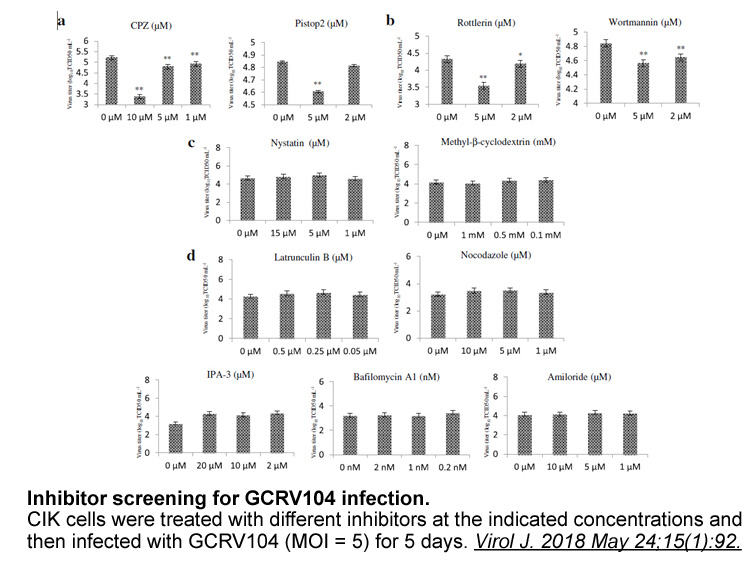
YAP/TAZ nuclear function is also influenced by interaction with the TEAD family of transcription factors [96, 97, 98, 99, 100, 101]. The RAC1 GSK-LSD1 hydrochloride receptor exchange factor protein TIAM1 has recently been linked to YAP/TAZ regulation in the nucleus and cytoplasm. Nuclear TIAM1 inhi
-
Type IIIa b the ligand
2022-01-10

Type IIIa/b – the ligand dependent oncogenic Hh pathway (paracrine or reverse paracrine mode) is mediated by paracrine activation and is usually encountered in embryonic development, but also in installation and progression of cancer [58]. Specifically, Hh ligands secreted by malignant mct2 pathway
-
Introduction Hedgehog HH signaling regulates development cel
2022-01-10
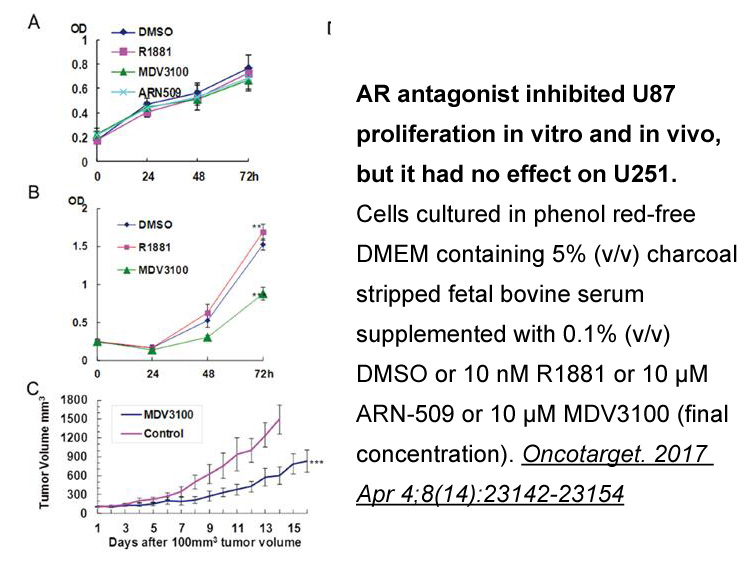
Introduction Hedgehog (HH) signaling regulates development, cell proliferation, and tissue repair [1], [2], [3]. In mammals, HH signaling is activated by 3 ligands: Sonic hedgehog (SHH), Indian hedgehog (IHH), or Desert hedgehog; SHH is the most widely expressed in adult tissues [3]. The primary re
-
Molecular modeling of the sGC
2022-01-10
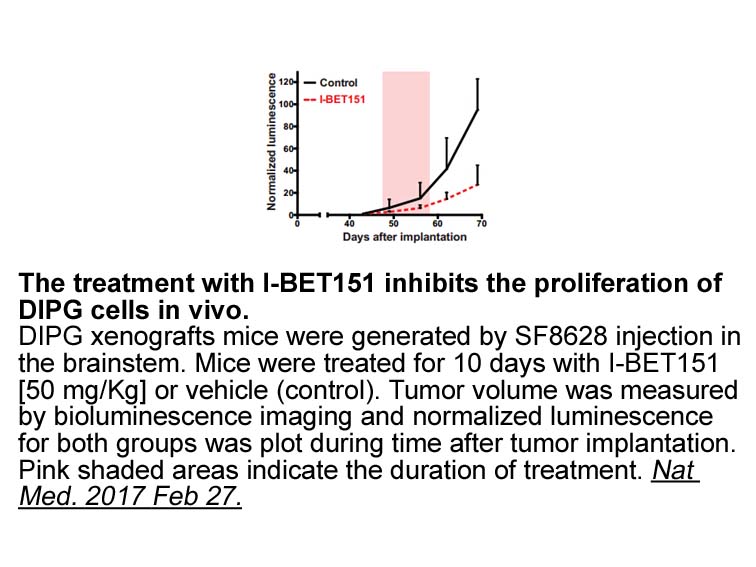
Molecular modeling of the sGC H-NOX domain has placed the β1-domain Cys, β1-C78 and β1-C122, close to the heme binding pocket; specifically, the β1-C78 is placed diametrically opposite to β1-H105, the residue responsible for coordinating the heme iron [42,43]. β1-C78 is enclosed in a highly comt inh
-
Likewise and considering the aforementioned
2022-01-10

Likewise, and considering the aforementioned biological actions of ketogenic diet-derived MCFA on neuronal excitability, it could be postulated that specific receptors for fatty acids could also be involved. For example, the GPCR for medium to long chain fatty acids, FFA1/GPR40, might also contribut
-
Introduction Although G protein coupled receptor GPR was con
2022-01-10
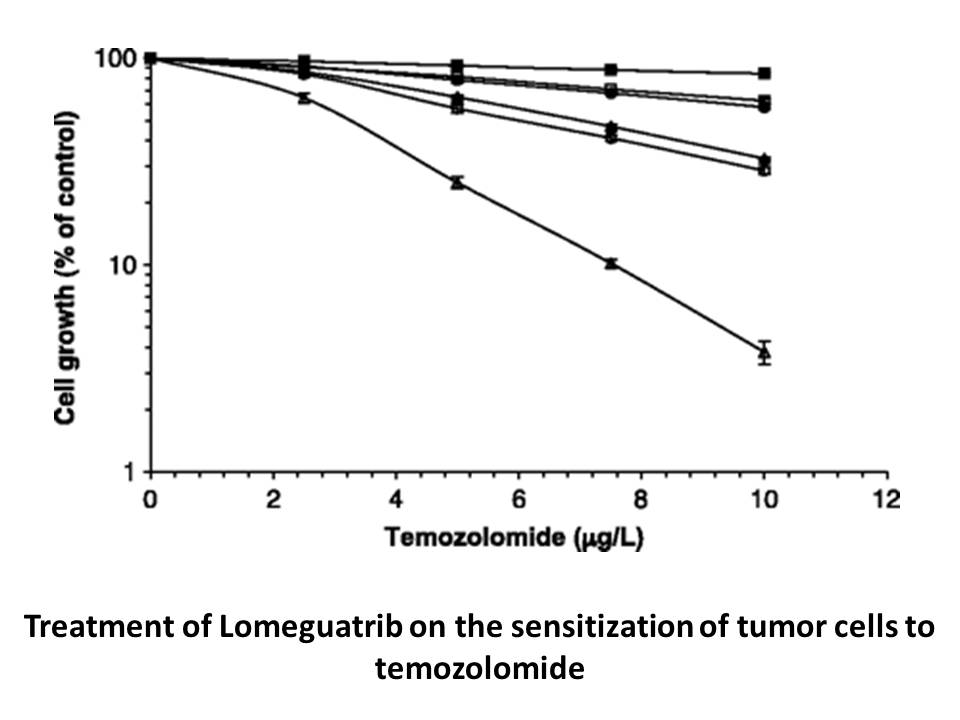
Introduction Although G-protein-coupled receptor 55 (GPR55) was considered a cannabinoid receptor, it differs phylogenetically from cannabinoid type 1 (CB1) and type 2 (CB2) receptors as it lacks the classic cannabinoid-binding pocket (Baker et al., 2006). GPR55 is sensitive to an array of cannabin
-
HOAt Introduction GPR is a class A type of
2022-01-10

Introduction GPR119 is a class A type of G Protein coupled receptor, which is expressed primarily in pancreatic β-cells and the K and L HOAt of the gastrointestinal tract [1], [2], [3]. Activation of GPR119 promotes secretion of incretins such as glucagon-like peptide-1 (GLP-1) in the intestinal t
-
br Reactive Dicarbonyls and Mitochondrial Dysfunction Althou
2022-01-10
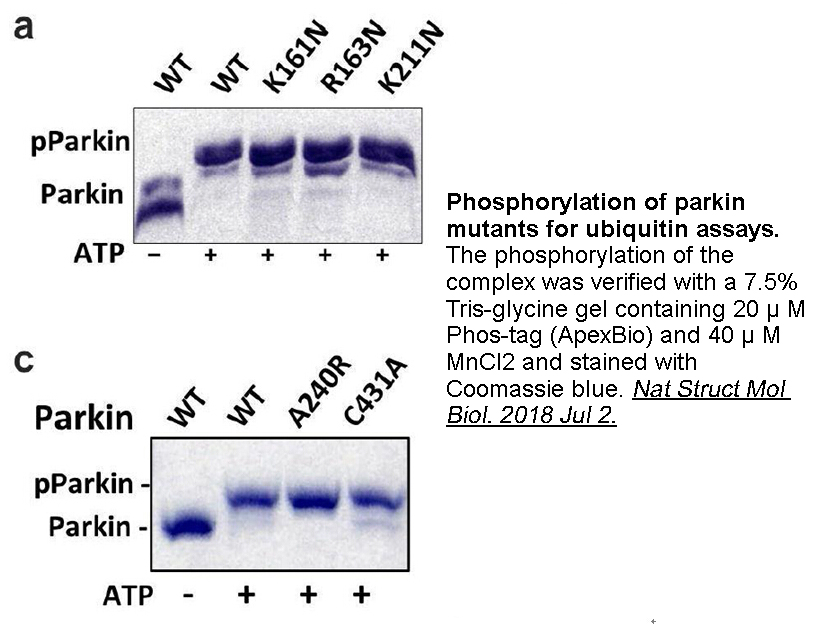
Reactive Dicarbonyls and Mitochondrial Dysfunction Although mitochondrial dysfunction has been suggested to be one of the main pathogenic mechanisms in diabetic neuropathy, little is known about the nature and extent of mitochondrial damage resulting from chronic hyperglycemia. Mitochondria funct
-
LbGlcK and the HsHxKIV d glucose complex PDB entry IDH
2022-01-07
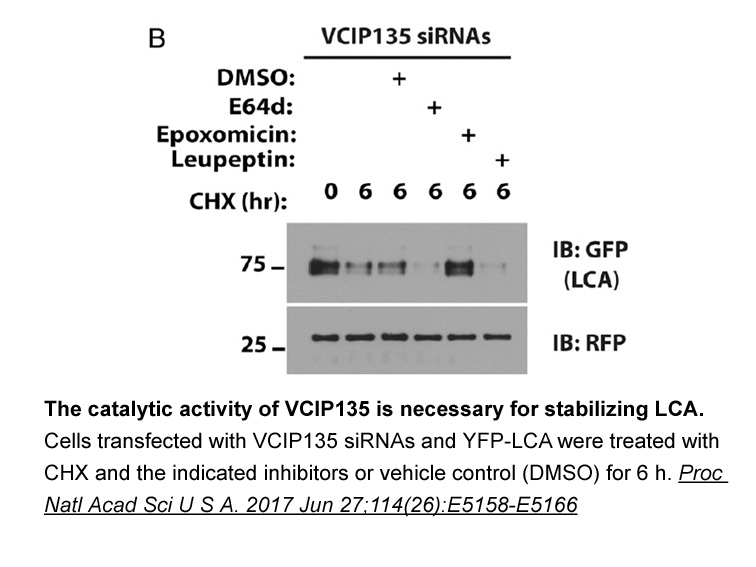
LbGlcK and the HsHxKIV-d-glucose complex (PDB entry 3IDH) [17] were superimposed from individual subunits. The active site regions revealed the key Fluorescein-12-dUTP binding residues to be present for LbGlcK; also, the superposition showed that HsHxKIV had residues that were absent in LbGlcK, suc
-
It is notable that pharmacological or genetic inhibition
2022-01-07
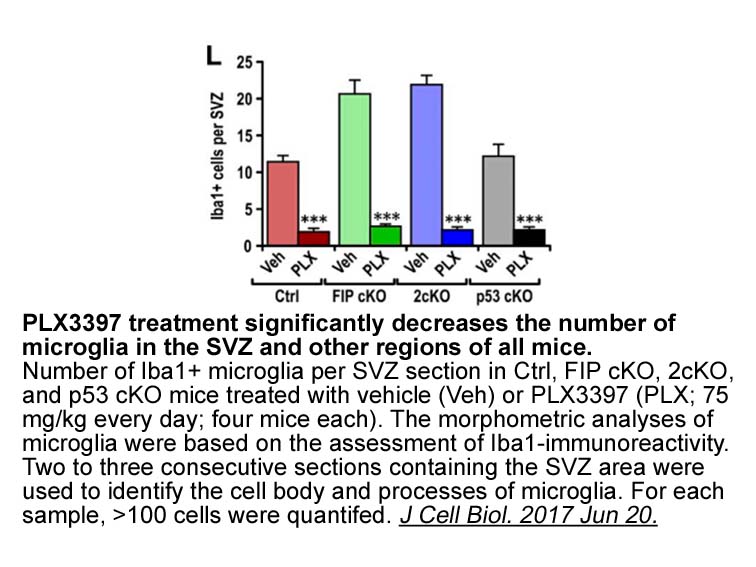
It is notable that pharmacological or genetic inhibition of GCGR signaling results in the engagement of a number of compensatory mechanisms that potentially impact glucose control. These include alpha-cell hyperplasia [2], [11], [12], [13] and increased beta-cell proliferation under low insulin cond
-
In a mouse model of hyperhomocysteinemia
2022-01-07
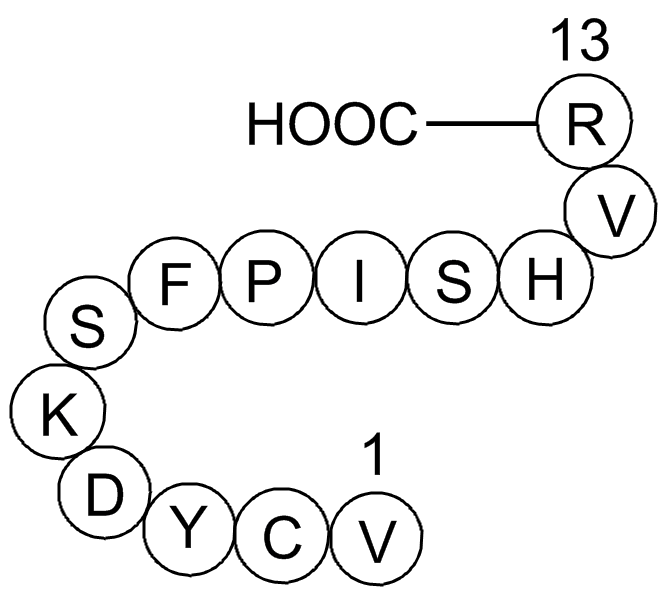
In a mouse model of hyperhomocysteinemia (a risk factor for the development of vascular dysfunction) it has been shown that myoendothelial communication is enhanced due to increased expression of Cx37 and IK1 5ar inhibitors mg [], allowing the propagation of endothelial signals to VSMC and thereby
-
The H autoreceptors distributed mainly in the CNS act as
2022-01-07
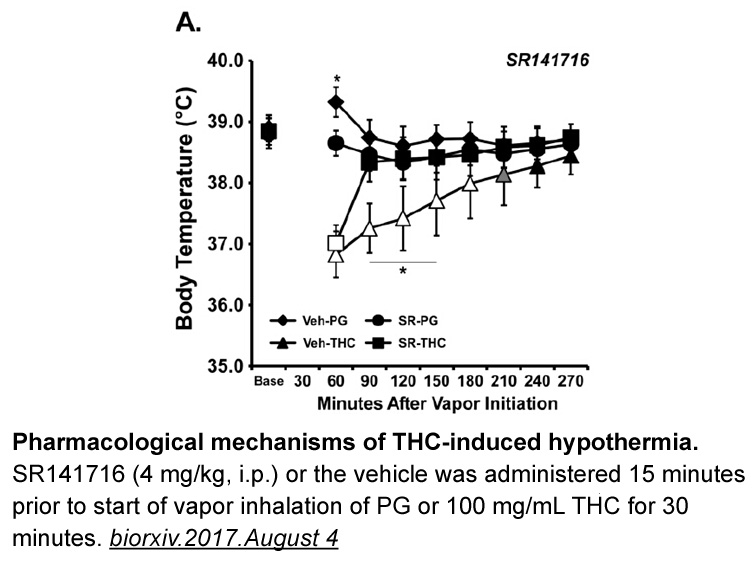
The H3 autoreceptors distributed mainly in the CNS act as a negative feedback on histamine synthesis and release from histaminergic neurons. Histamine is involved in many physiological functions such as sleep-wake regulation, circadian and feeding rhythm, thermal regulation, locomotion, learning, co
15876 records 503/1059 page Previous Next First page 上5页 501502503504505 下5页 Last page